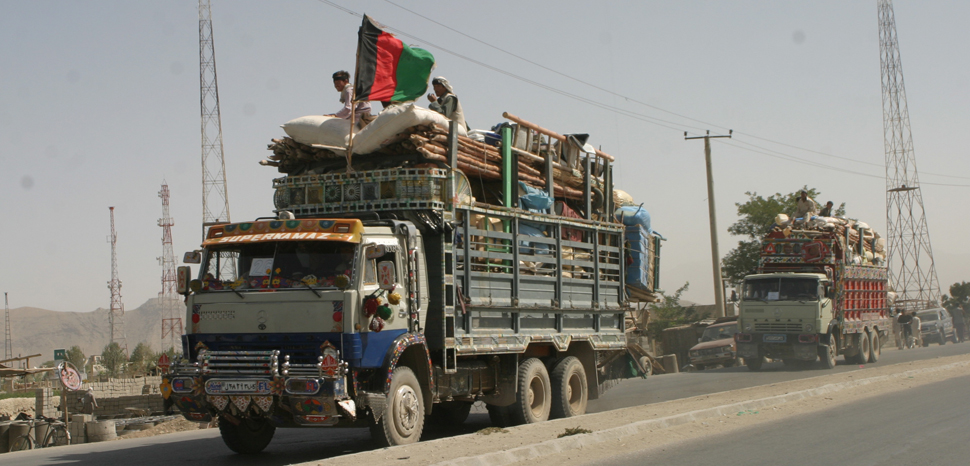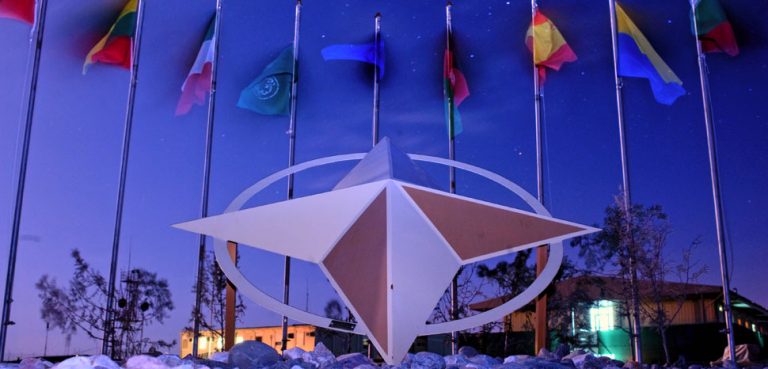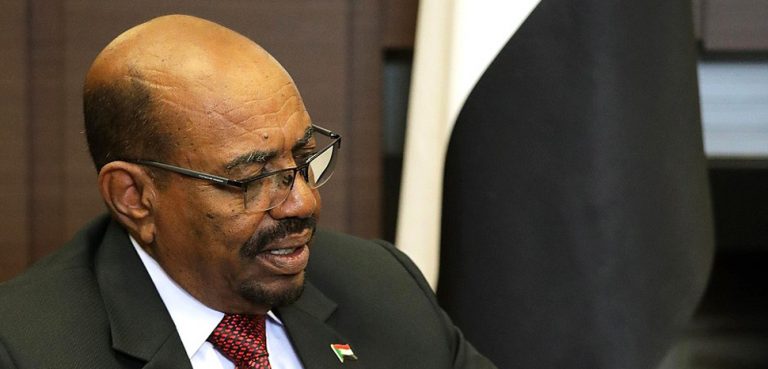The endless blame game, training of militants and terrorists, prevalence of mistrust, diminishing economic dependency, armed clashes at the borders, interference in internal affairs, and the pursuit of stringent policies have not and will not help mend the bilateral relationship between Pakistan and Afghanistan. Instead, the two countries desperately need to identify these past blunders, modify their intercourse, and introduce drastic changes in the interstate modus operandi.
Despite the numerous commonalities – religious, cultural, linguistic, and societal – both states have had a conflicting and problematic bilateral journey, largely owing to the unjust and unpragmatic policies that represent the bitter legacy of British colonialism. The British imperial overlords withdrew from the region in hurry, blamed Afghanistan, and left behind a plethora of unresolved issues, the most prominent of which were the demarcation treaties on the Durand Line. The repudiation of the British imperial treaties by the Afghan Loya Jirga, the traditional Legitimating Grand Assembly, cemented the uneasy foundation for future bilateral intercourse with Pakistan, with each state supporting nationalist and destabilizing armed movements to depose unwanted governments and secure national interests. Tribal incursions and support for armed insurgents along the border quickly became the norm.
The Soviet invasion and rise of the Mujahideen insurgency turned the tables in favor of Pakistan, though it happened at the cost of Afghan refugees, Kalashnikov culture, and the introduction of smuggling into Pakistani society with various debilitating effects upon the Pakistani economy. Furthermore, the socio-politico changes of 1990s, the absence of central authority and the crumbling of the National army brought the Taliban into power, inspiring Pakistan to pursue the dream of its late notorious military dictator: the policy of ‘strategic depth.’ The situation did not unfold as planned by the Pakistani government with regard to Afghanistan. The subsequent ‘war on terror’ and arrival of the U.S. into the South Asian theatre disturbed the calculations and designs framed by the Pakistani foreign policy establishment and military strategists. Pakistan, adjusting to the ever-changing environment, embraced the deposed Taliban and offered them every kind of sanctuary, as well as logistics and expertise on strategic military operational planning, in order to wear down the world’s mightiest military in their own backyard, much to the agitation of successive Afghan governments.
Following the arrival of the ‘war on terror,’ mutual relations have not been cordial, and recently, unfortunately, they seem to be at their lowest ebb. The lack of effective regulating mechanisms, the blame game of harboring agents of terror and chaos, the growing influence of India, and the occasional outburst of violent clashes at the borders continue to undermine bilateral relations.
The quagmire forces us to ask the questions: How do we resolve the stalemate and what is the way forward?
Both brethren countries have various opportunities which, if dealt with honesty and with strong intent, will drastically improve their troubled relations. There are undeniable realities which must be admitted and historical blunders that are not to be repeated if the positive intention of improving relations is to be achieved.
The first priority to be worked upon to realize this goal is the existence of safe heavens and sanctuaries for Taliban insurgents in Pakistan, which are fundamental and decisive in the protracted guerilla warfare against the Afghan government. Pakistan needs to dismantle the Taliban command structures on its soil and ease the apprehensions of the Afghan leadership about the rhetorically discarded strategic depth policy. In return, Afghanistan will have to bargain, sooner or later, on the formal recognition of the disputed Durand Line. Such a bargain can only be feasible if permanent unhindered transit access to sea routes is given to landlocked Afghanistan to secure its trade interests. Furthermore, the malevolent Afghan public opinion toward Pakistan can only be redressed in case of an end to the civilian carnage by Taliban insurgents. The fact can’t be ignored that with every suicide bomb explosion in urban areas, public angst is directed toward the eastern neighbor.
The solution to the Afghan crisis rests only in political settlement, especially negotiating with the Taliban so that they become stakeholders in the political process. Pakistan can be of huge help in achieving this. Pakistan can win the hearts and minds of millions of Afghans. Pakistan’s honest commitment can boost and reshape its identity in public eyes as well as in the global community. In addition, Afghanistan must redress Pakistani concerns and make sure her soil is not used by non-state actors against Pakistan.
Trade and economic interdependency inhibit states from falling into conflict; the stringent border policies and frequent closure of borders have compelled Afghan traders and importers to explore new markets. Pakistan was previously the largest exporter, most proximate and cheapest market for Afghanistan, but such hindrances have allowed Iran to take the lead. According to published statistics, trade volumes between Afghanistan and Pakistan, which have a hypothetical potential of around $5.5 billion, have plummeted from $3.5 billion to $1.7 billion. One can fear that, unfortunately, it might spiral downward to a meager amount, citing the ongoing freeze in bilateral relations.
Pakistan can positively manage the millions of Afghan refugees living in Pakistan. One solution could be: the permanent integration of new generations into Pakistani society, as these new generations, born in Pakistan and not having been to their homeland, think of Pakistan literally as their own motherland. Pakistan can also contribute in Afghanistan’s infrastructure building, the way India has been doing by constructing hydro-electric dams, building the parliament buildings, providing defense equipment and constructing homes for repatriating refugees. Pakistan can contest this Indian influence in its own backyard by continuing to cooperate in the infrastructure sector. The recent inauguration of Muhammad Ali Jinnah Hospital in Kabul is promising, notwithstanding the asymmetry in economic prowess with rival India.
Moreover, enhanced diplomatic initiatives are vital for shaping popular perceptions. Pakistan should continue the scholarship endowments to Afghan students in the fields of science, technology, medicine and business. Students, having studied in renowned Pakistani universities, will return as ambassadors for peace, prosperity, and fraternity. Last but not the least, we need to promote easy movement without stringent policies and discouraging hurdles. Both states can learn, in this regard, from EU, Schengen, and Gulf countries.
The recent transformation in Pakistani policy shift with regard to Afghanistan is something one can hope for a better direction in bilateral ties. The Pakistani commitment in pressuring Taliban leadership to reach a settlement on the political front and the realization of investment in infrastructural and developmental projects, even if not exactly megaprojects, are vital to winning the hearts and minds of the Afghan populace and realizing a resurgence in fruitful bilateral ties.
The views expressed in this article are those of the author alone and do not necessarily reflect Geopoliticalmonitor.com or any institutions with which the author is associated.




